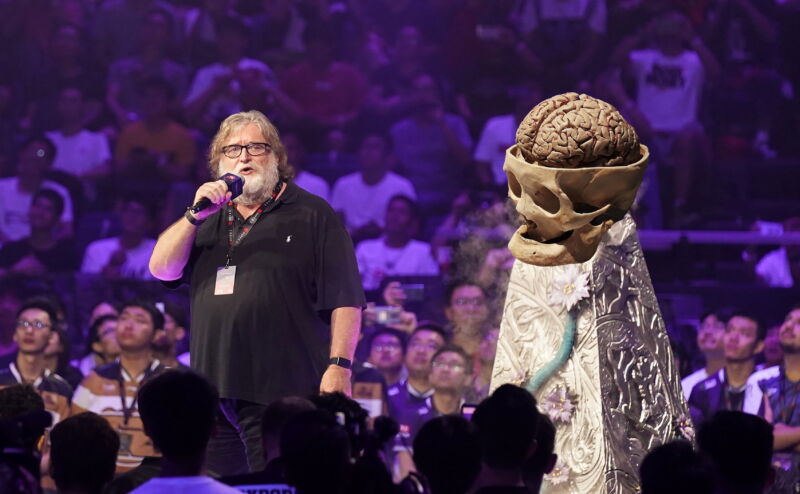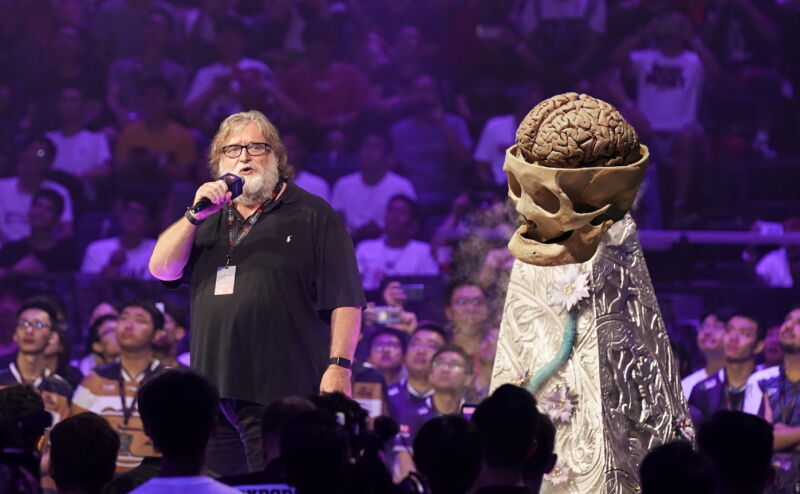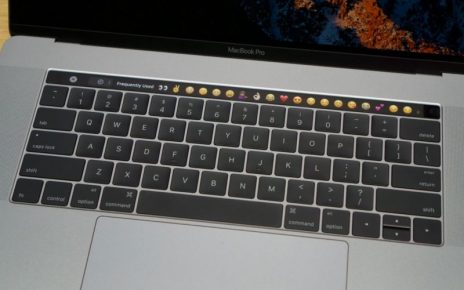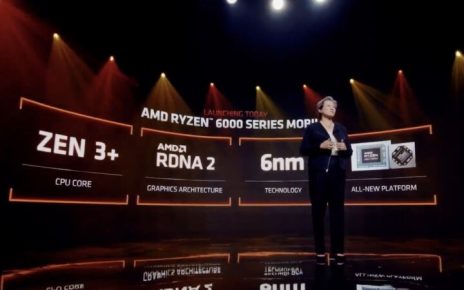
Enlarge / An artist’s interpretation of how future Dota 2 tournament trophies might look if Valve chief Gabe Newell pushes any further into brain-computer interface (BCI) research. (credit: Getty Images / David Jackmanson / Sam Machkovech)
For years, the open secret at Valve (makers of game series like Half-Life and Portal) has been its interest in a new threshold of game experiences. We’ve seen this most loudly with SteamVR as a virtual reality platform, but the game studio has also openly teased its work on “brain-computer interfaces“—meaning, ways to read brainwave activity to either control video games or modify those experiences.
Most of what we’ve seen from Valve’s skunkworks divisions thus far, particularly at a lengthy GDC 2019 presentation, has revolved around reading your brain’s state (i.e., capturing nervous-system energy in your wrists before it reaches your fingers, to reduce button-tap latency in twitchy shooters like Valve’s Counter-Strike). In a Monday interview with New Zealand’s 1 News, Valve co-founder Gabe Newell finally began teasing a more intriguing level of BCI interaction: one that changes the state of your brain.
“Our ability to create experiences in people’s brains, that aren’t mediated through their meat peripherals [e.g., fingers, eyes], will be better than is [currently] possible,” Newell asserts as part of his latest 12-minute video interview. Later, he claims that “the real world will seem flat, colorless, and blurry compared to the experiences that you’ll be able to create in people’s brains.”





